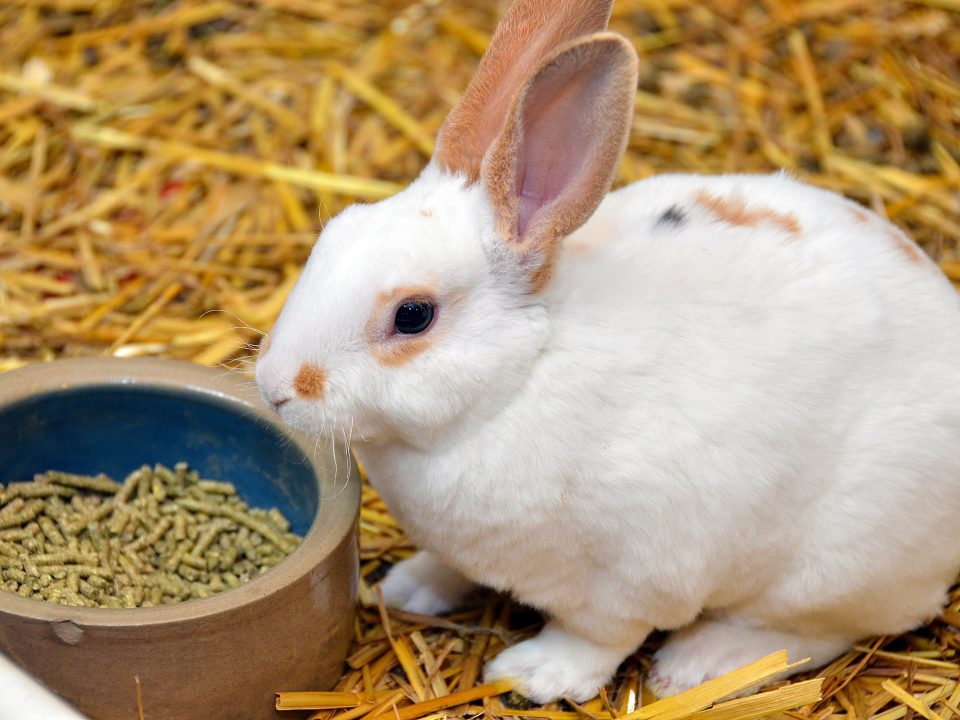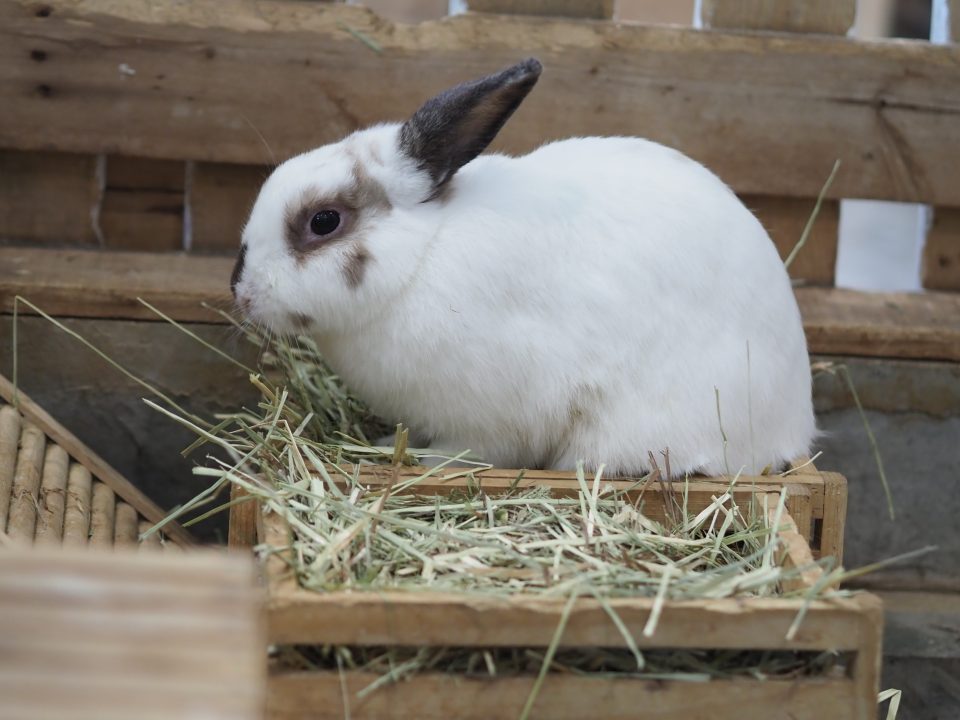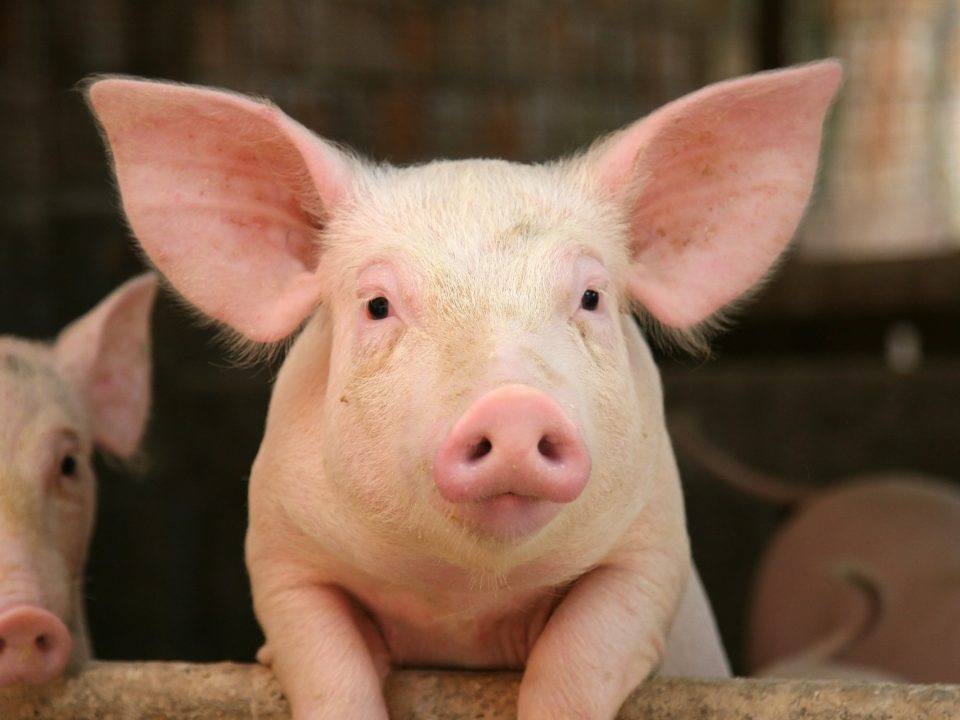
Smooth Transitions: How to Switch Your Horse’s Feed Without Digestive Issues
June 10, 2025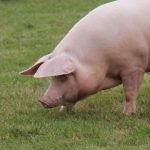
Amino Acids in Swine Feed: Why Lysine & Methionine Matter
July 14, 2025How to Properly Store Horse Feed to Keep It Fresh & Pest-Free
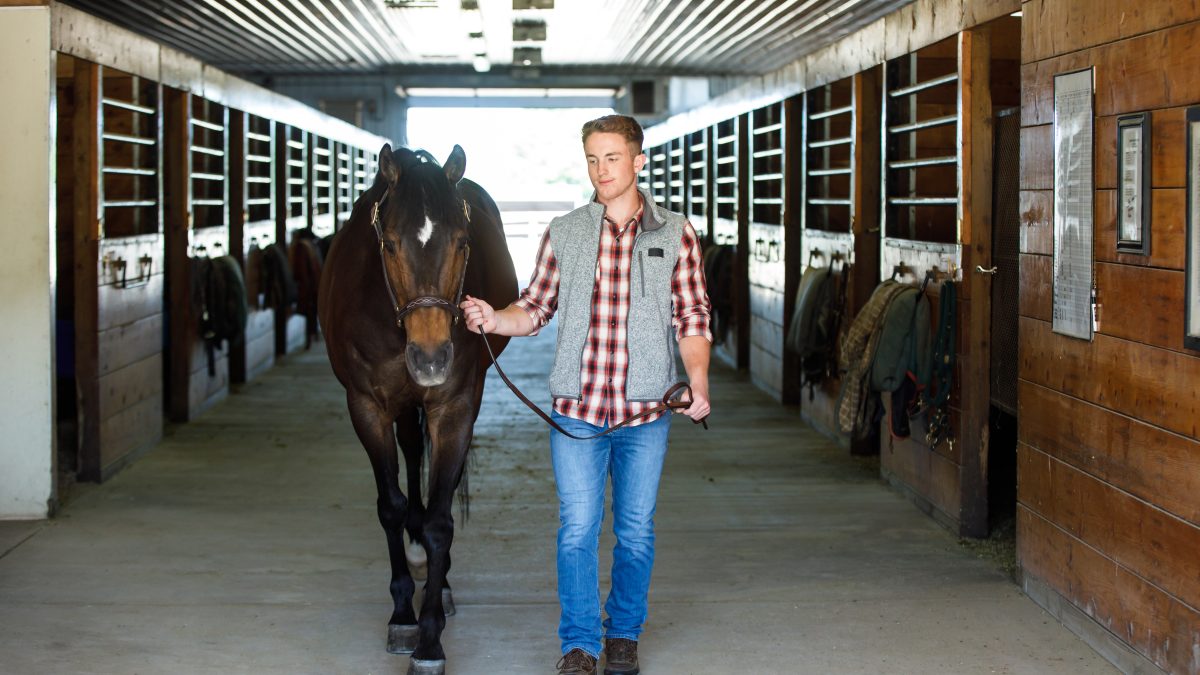
When it comes to caring for horses, nutrition is foundational—and that starts with how feed is stored. Even the most balanced ration can lose its value or become dangerous if it’s exposed to moisture, pests, or temperature extremes. Whether you’re managing a large barn or feeding a single backyard companion, here’s how to keep your horse feed fresh, safe, and pest-free.
1. Choose the Right Storage Containers
Start with containers that are:
• Rodent- and insect-proof: Metal or heavy-duty plastic bins with tight-fitting lids are ideal.
• Moisture-resistant: Avoid storing feed in bags on the floor where condensation or flooding can occur.
• Easy to clean: Smooth surfaces prevent buildup of old feed and mold.
Label each container clearly and keep a dedicated scoop for each type of feed to avoid cross-contamination.
2. Store Feed in a Cool, Dry, and Dark Place
Feed should be stored in a well-ventilated area away from direct sunlight and humidity. Excess heat can cause fats in the feed to go rancid, while moisture promotes mold growth. According to equine nutrition experts, hay and grain should be kept below 14% moisture and monitored for heat buildup, especially in the first two weeks after delivery.
3. Practice First In, First Out (FIFO)
Rotate your feed stock so that older feed is used before newer deliveries. This helps prevent spoilage and ensures your horse is always eating the freshest product. Keep track of delivery dates and expiration labels and never mix old feed with new unless you’re transitioning gradually.
4. Inspect Feed Regularly
Before each feeding, check for:
• Mold or off smells
• Insect activity or rodent droppings
• Clumping or discoloration
If anything seems off, discard the feed. Horses are sensitive to mold and toxins, which can lead to colic or laminitis.
5. Keep the Feed Room Clean
Sweep up spills immediately and store supplements, treats, and medications separately. A tidy feed room discourages pests and makes it easier to spot problems early. Consider using natural pest deterrents like peppermint oil or diatomaceous earth around the perimeter.
6. Don’t Forget the Hay
Hay should be stored off the ground on pallets or racks, with good airflow between bales. Avoid stacking hay too tightly, especially if it’s freshly baled, as internal heat can build up and even cause spontaneous combustion. Use a moisture probe to ensure hay is cured properly before stacking.
7. Monitor for Pests
Even with the best storage, pests can find their way in. Use traps or natural repellents and inspect containers regularly. If you notice signs of infestation, remove affected feed immediately and sanitize the area.
Final Thoughts
Proper feed storage isn’t just about preserving nutrients—it’s about protecting your horse’s health. With a few simple practices, you can ensure every scoop you serve is as safe and nourishing as the day it was milled.
At Country Companion, we care deeply about your horse’s well-being and are committed to being your partner in building a strong nutritional foundation. For high-quality feed and forage products, explore our options at Equine & Multi-Species Feed – Country Companion

